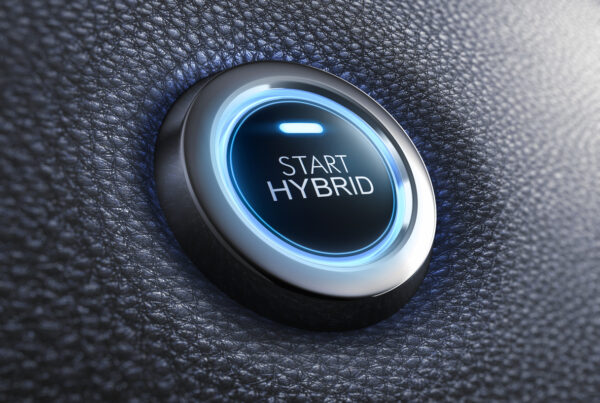This week saw the unveiling of two updates to Australia’s electric vehicle and hybrid range with Mitsubishi today unveiling its 2021 Outlander PHEV and Audi delivering its popular e-tron model to Australian shores.
Let’s jump right to explaining the details of each model and what it means for fleet buyers:
Mitsubishi Outlander PHEV
In 2020, the Outlander PHEV has gained improved drivetrain performance and the addition of a Sport mode – to deliver surprising power for a hybrid vehicle. This year, Mitsubishi has built on the advanced PHEV powertrain, adding a premium Bilstein suspension package to enhance driving enjoyment.
The Mitsubishi Outlander PHEV benefits from the latest in MMC safety technology, with its advanced features working to protect occupants, other road users and pedestrians, both in determining the risk of an impending accident and in the event of a collision.
Three Drive modes
The Mitsubishi Outlander PHEV drivetrain offers the flexibility of three Drive Modes:
- EV Priority Mode – Car powered by the front & rear motors & energy sourced from the battery.
- Series Hybrid Mode – Car still powered by the front & rear motors. Engine engaged to run the generator to charge the battery while driving. System switches back to EV Priority mode as much as possible
- Parallel Hybrid Mode – Engine powers front wheels. Mode automatically activated at high speed. System switches to Series Hybrid/ EV Priority mode as much as possible
Despite the apparent complexity of switching between different operating modes, the driving experience is effortless – the vehicle seamlessly selects the appropriate operating mode while always looking to turn off the Internal Combustion Engine.
Pricing:
|
Version |
RRP (on release) |
Drive Away (on release) |
|
Outlander PHEV ES (5 seat AWD) |
$47,990 |
$51,990 |
|
Outlander PHEV GSR (5 seat AWD) |
$52,490 |
$56,490 |
|
Outlander PHEV Exceed |
$56,490 |
$60,990 |
Audi e-tron
The Audi e-tron is the first electric vehicle in the Audi lineup, joined by its juiced-up cousin the e-tron Sportback.
With ample space for everyday life, long-range capability, and exhilarating performance with quattro® all-wheel drive, the e-tron SUV delivers fully electric driving without compromise.
As technology progresses, the e-tron lineup has seen its most significant improvements with available battery capacity and efficiency.
For a more efficient configuration, thanks to a number of optimisations, the front electric motor is able to be entirely disengaged, dramatically reducing power usage when not needed.
Only when the driver demands more power or traction do both motors spring into action, providing the surefootedness of Audi quattro® technology and the powerful dynamics Audi is known for.
In addition, the usable amount of the high-voltage battery has increased for the model year 2021 e-tron lineup. The battery in the Audi e-tron and e-tron Sportback have a total capacity of 95 kWh and now gives customers access to a net energy figure of 86.5 kWh— almost 3 kWh more than 2019 e-tron model.
Audi Australia’s managing director Paul Sansom said the e-tron models are the latest innovation by the company.
“This is Audi engineering at its finest: bringing future mobility to life in a way that is impressive, yet familiar enough for customers to be thrilled by their very first experience,” he said in a statement.
Estimated Prices:
- e-tron 50 quattro 230kW: $137,100
- e-tron 55 quattro 265kW: $146,100
- e-tron Sportback 50 quattro: 230kW $148,100
- e-tron Sportback 55 quattro: 265kW $157,100
- e-tron 55 quattro First Edition: 265kW $159,000
- e-tron Sportback 55 quattro First Edition 265kW: $169,350



















